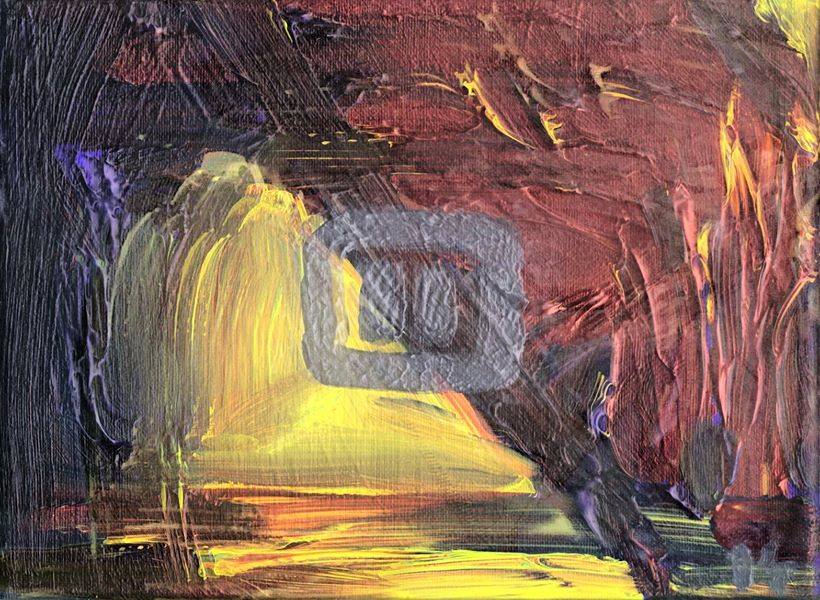
Finding meaning & purpose
What, why and how?
How do we define such a broad term as “meaning and purpose”?Individually, the words have a range of definitions that have – like many words in the language – changed over time. “Meaning” has, in this context, a definition beyond that of merely defining something. Instead, the intention of the message to be communicated must be understood by the person seeking meaning. Conversely, the inability to find such a message may cause us to describe the experience or message as meaningless, arbitrary, vicarious or even capricious.
“Purpose” is more the flip-side of this existential coin. It is the answer to the question posed by “meaning”, the “what can be done?” to the “what has happened?” The purpose is the very act of will in response to the situational or experiential logos.
Together, “meaning and purpose” refer to the evolutionary survival technique of responding and reacting to even the most fell events with flexibility, humanity, compassion and resilience.
Why are meaning and purpose significant?
As noted above, understanding this concept and putting it into practice allows us to form a natural buffer between experience and the otherwise reflex abreaction that bedevils our behaviour. To paraphrase Eliot – and Lou Reed – “between the idea and the act, falls the Shadow.”
Breaking away from this stimulus-response dance-macabre is one way towards freedom from the deleterious effects of multiply making the same mistakes. Even in a completely new situation, of which one has no prior knowledge or experience, the question, “what can I learn from this?” may be the positive difference between freezing, floundering, or flourishing.
Awareness is the first key to unlocking this more productive way of dealing with life’s vicissitudes. Resilience enables us to bend with the wind and to rebound, springing back rather than breaking.
How can one become aware and resilient?
Well, Grasshopper, that path is for one’s steps alone. It is an incredibly personal and individual journey. That said, most trajectories start in similar ways: light blue touchpaper and retire to observe from a safe distance. Some people find that taking a short breath or pause before reacting may help avoid the inappropriate or unhelpful reflex reaction. Asking oneself about the learning potential or avoiding one’s typical reaction affords another opportunity for a more considered response.
This act of noticing is part of the core five ways to wellbeing. Wellbeing and resilience are inextricably linked. Wellbeing includes the idea of doing well; in addition to the “being” part. Harking back to our earlier question, joining breathing, awareness and compassion may be achieved through the practice of meditation. Mindfulness aims to help the practitioner develop these skills and might be a fruitful line of enquiry for the nascent explorer of the psyche.
The other four ways to wellbeing are equally personal and idiosyncratic to the person involved. As with resilience in its broader sense, these are not to be seen as rigid or inflexible – such is the path of (im)perfection, which is doomed by its very nature. We must find our own most authentic way on the rocks through connecting, learning, activity and generosity to achieve this five-fold balancing act.
Other existential practices exist.
Several articles showing journeys towards wellbeing and resilience are in the “Resilience is …” page. The existential void may require alternate or additional approaches to help fill the gap between thought and expression.
“Logotherapy” is the method created by Dr Viktor E. Frankl to find meaning and purpose from all of life, even to one’s very last breath. It is a path to freedom born of one of the darkest periods of human history, the Holocaust. Frankl lost everything: his work and research, freedom, and, ultimately – almost all of his family. Nevertheless, still, he could find both meaning and purpose from these most harrowing of experiences.
When I first tried to read “Man’s Search For Meaning” at the tender age of sixteen, I was underwhelmed and saw Frankl as the victim of his own self-righteousness. Many years later, returning to his work, as part of trauma therapy, I realised the wisdom and extreme humanity he had developed in the most meaningless, degrading and inhumane of times.
In addition to inspiring a piece of art, “Hold That Thought”, Frankl’s work helped me find meaning and purpose in my life through using my experiences to help others. I hope that he may shine a light for you too.
